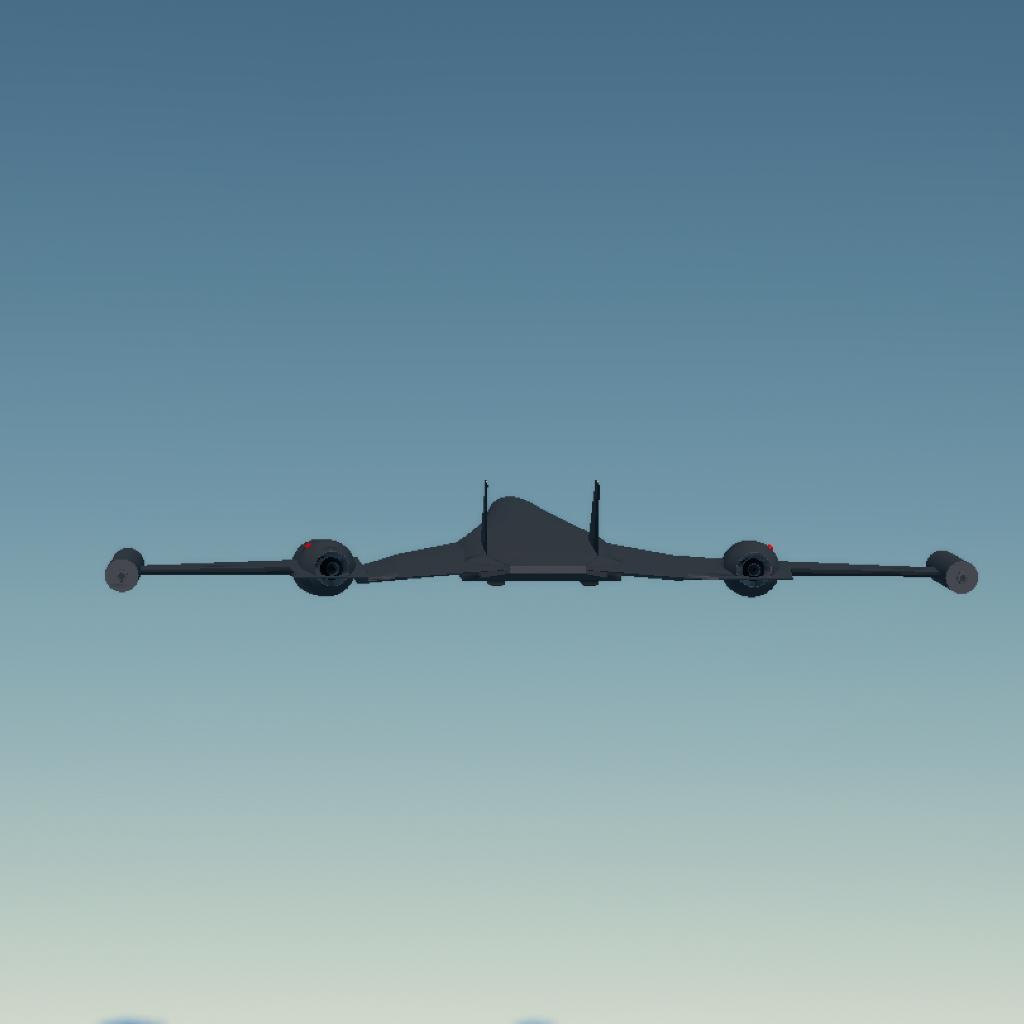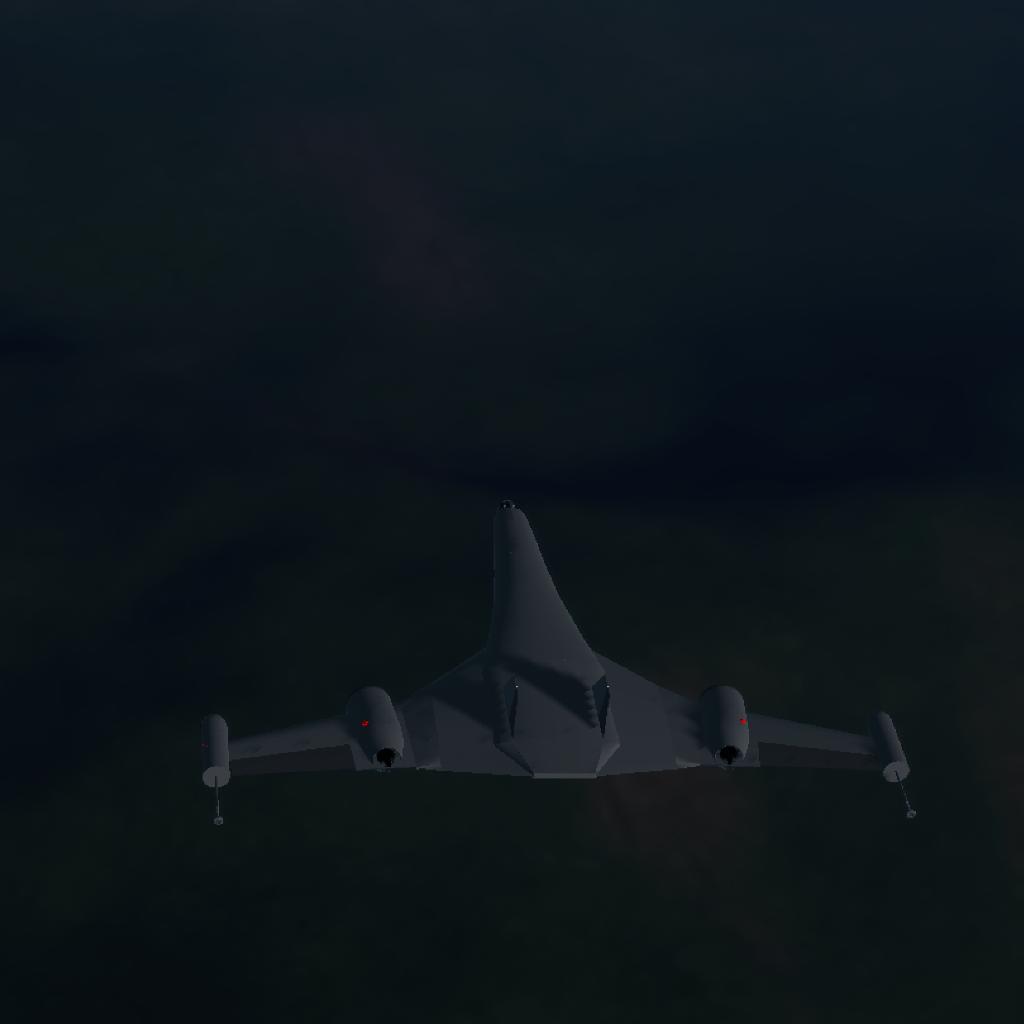Origins of the K-88 Blended Wing Body Aerial Refueling Aircraft
The K-88 Blended Wing Body (BWB) aerial refueling aircraft, commonly known as "the grey pencil," represents a significant leap in aeronautical engineering. Its unique airfoil shape, integrating the wings and fuselage into a seamless aerodynamic surface, sets it apart as a marvel of modern aviation technology.
Conceptualization and Early Development
The concept of a BWB aircraft emerged in the late 20th and early 21st centuries, as engineers sought more efficient aircraft designs. Traditional tube-and-wing configurations had limitations in fuel efficiency and aerodynamic performance. The BWB concept, with its airfoil-shaped fuselage, promised reduced drag and increased lift, making it ideal for long-duration missions.
Design and Engineering
In the early 2020s, a collaborative project involving major aerospace companies like Boeing, Lockheed Martin, and Northrop Grumman began, funded by several governments to develop a next-generation aerial refueling aircraft. The project's goals were to enhance fuel efficiency, payload capacity, and operational range.
The K-88's design phase utilized advanced computational fluid dynamics (CFD) and extensive wind tunnel testing. The airfoil shape of the aircraft was meticulously refined to ensure optimal aerodynamic performance. This shape not only reduced drag but also provided exceptional lift, stability, and control, earning it the nickname "the grey pencil" for its sleek, elongated profile.
Technological Innovations
Key innovations in the K-88 included the use of the Drogue system for aerial refueling. The Drogue system featured a flexible hose with a basket-like device at the end, allowing for versatile and reliable refueling operations across various aircraft types. This system proved advantageous over traditional boom systems, particularly in terms of compatibility and operational flexibility.
The K-88's construction incorporated advanced materials, such as lightweight composites and high-strength alloys, which reduced overall weight and enhanced fuel efficiency. The aircraft also featured state-of-the-art avionics and communication systems, ensuring seamless coordination with receiving aircraft and ground control.
Prototyping and Testing
The first K-88 prototype took flight in 2027, showcasing its exceptional aerodynamic efficiency and refueling capabilities. The airfoil shape provided unparalleled stability and control at high altitudes and speeds. Test pilots praised the aircraft's smooth handling and remarkable fuel efficiency.
By the early 2030s, the K-88 entered full-scale production, with the first operational units delivered to various air forces worldwide. The aircraft quickly became indispensable for long-range missions, providing crucial refueling support for combat and reconnaissance operations. Its ability to extend the range of other aircraft significantly enhanced the strategic reach of air forces, allowing for more flexible and sustained deployments.
Operational Legacy
The K-88's successful integration into modern air forces marked a pivotal advancement in aerial refueling technology. Its innovative design and systems set new benchmarks for efficiency and capability. The nickname "the grey pencil" became a term of endearment, reflecting the aircraft's sleek appearance and vital operational role.
As air forces continue to adapt to new challenges, the K-88 stands as a testament to the power of innovative design and collaborative development. Its legacy continues to inspire future generations of aerospace engineers and military strategists, driving further advancements in aerial refueling and beyond.









